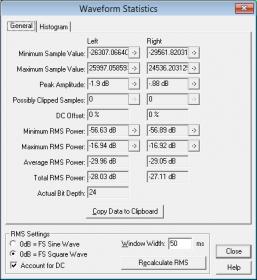You will find this dither article by Nika Aldrich really interesting (just be aware some technical question marks about noise shaping-etc but great if focus on dither applied and how looks - it is focused on studio engineering rather than EE DSP expertise):
http://www.users.qwest.net/~volt42/cadenzarecording/DitherExplained.pdf
TPDF is always recommended as it is meant to be the optimum dither, with other considerations as well when dithering at/after mastering..
Also Keith Howard article (shame the more recent one is not online anywhere but was published in HiFiNews, latest one is really interesting and adds a bit more weight to his investigation IMO) touches on the various traits of PDF:
http://www.stereophile.com/content/contingent-dither-page-3
BTW probably worth checking your jangling keys to both David Griesinger and James Boyk, they used either B&K 4133 or 4135 microphone, link to their own measurement for keys can be found in my post #233 this thread:
http://www.whatsbestforum.com/showt...ds-different&p=278622&viewfull=233#post278622
Big consideration I would say is input overload/microphone distortion/microphone correction, which may be more of a consideration for some other mics.
Just my take anyway.
Thanks again as it is great to read your own experience doing this as well.
Edit:
Just to add, bear Keith Howard's article relates to state of things back in 2005 (such as comment about quality of hirez releases-etc) when the article was published.
Thanks
Orb








